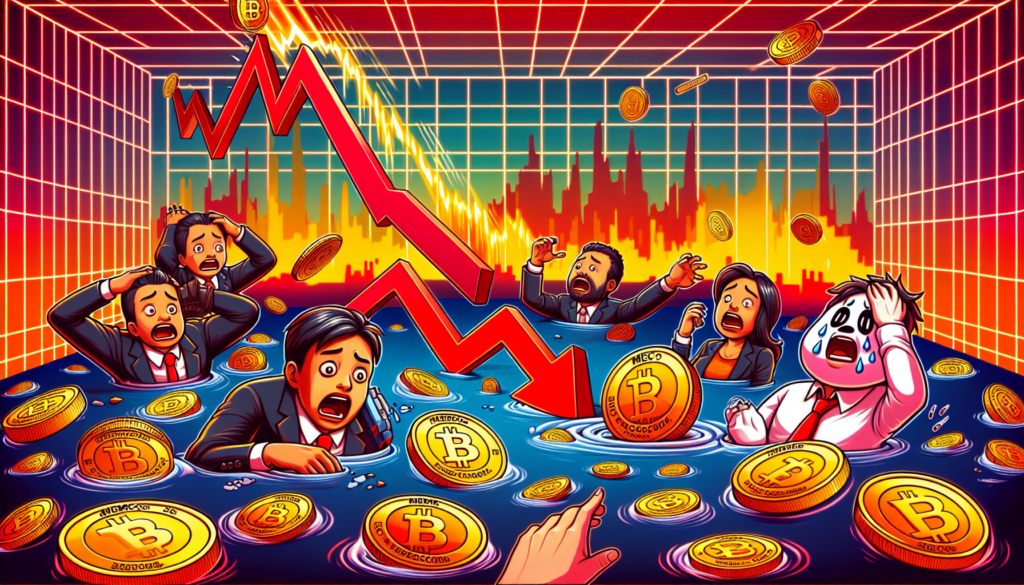
Major memecoins, despite their initial explosive growth in 2024, have been struggling to maintain their yearly highs of value. According to data released by Lookonchain on Sept. 2, top 10 memecoins are down by an average of 63%. Not only the top memecoins, but the entire industry has been impacted by the wave of tokens that have surged this year.
The trend of memecoins is changing, with new services like Pump.fun and BaseJump making it easier to launch new coins, thus easing the earlier technical and financial constraints. Consequently, the memecoin sector is facing stiff competition. According to Ilias Salvatore, the growth lead for token analytics tool Flooz, this fast-paced market has become very appealing to certain types of traders.
However, Carlos Mercado, a data scientist at blockchain analysis firm Flipside Crypto, pointed out that this new market fosters short-term mentality, distinct from the existing memecoin market. His observation stems from the fact that most safe-launch tokens only last for 24 hours, with a mere 1% of successful coins surviving for two to six days.
With increasing numbers of tokens created every day, established coins are now faced with fierce competition. For instance, Pump.fun alone has seen the launch of more than 1.98 million tokens since March. This explosion of tokens has presented a challenge for users to discern the winning tokens from the losing ones. Hence, even experienced memecoin traders now consider the present memecoin market to be a “slaughterhouse.”
Increasing voices from the industry express concern about the memecoin market and its impact on other cryptocurrency spheres. Evan Luthra, creator of the non-fungible token housing project CasaNFT, argues that memecoins are mostly involved in pump and dump schemes and fail to create any inherent value. Such concerns reflect the precarious nature of the existing memecoin market and its potential to impact the wider crypto industry.